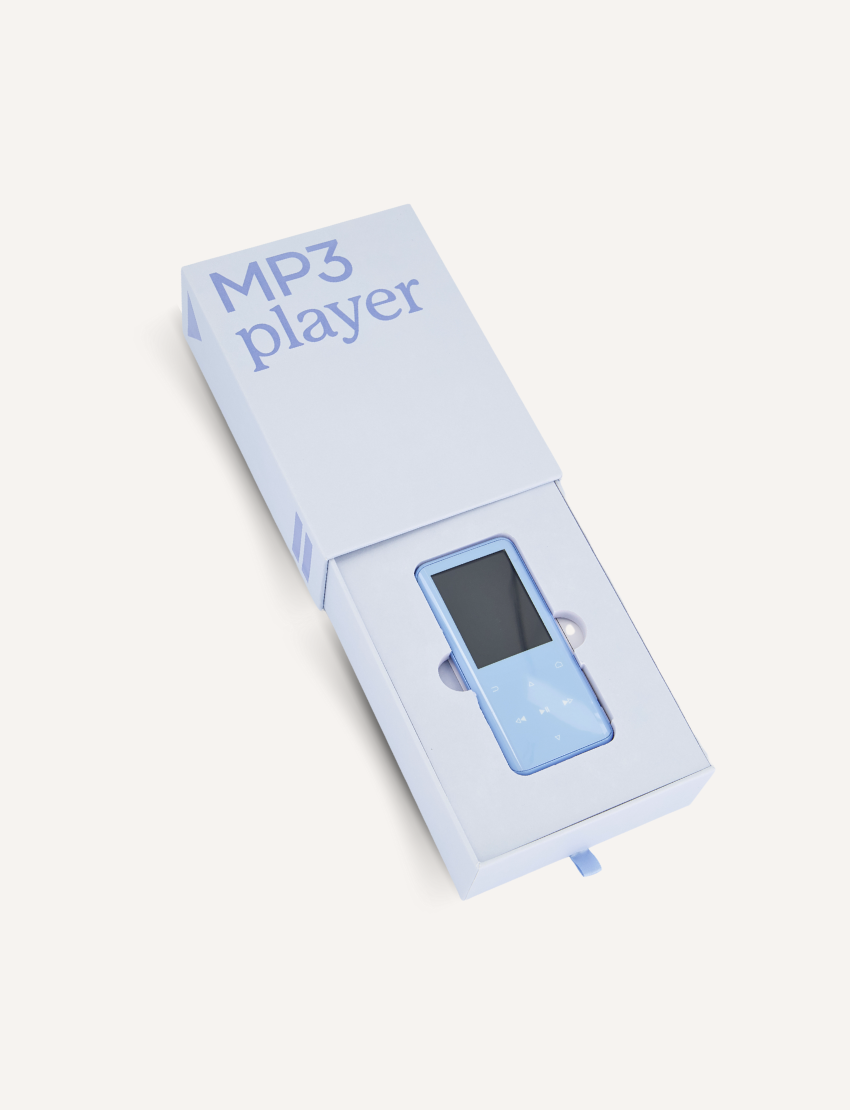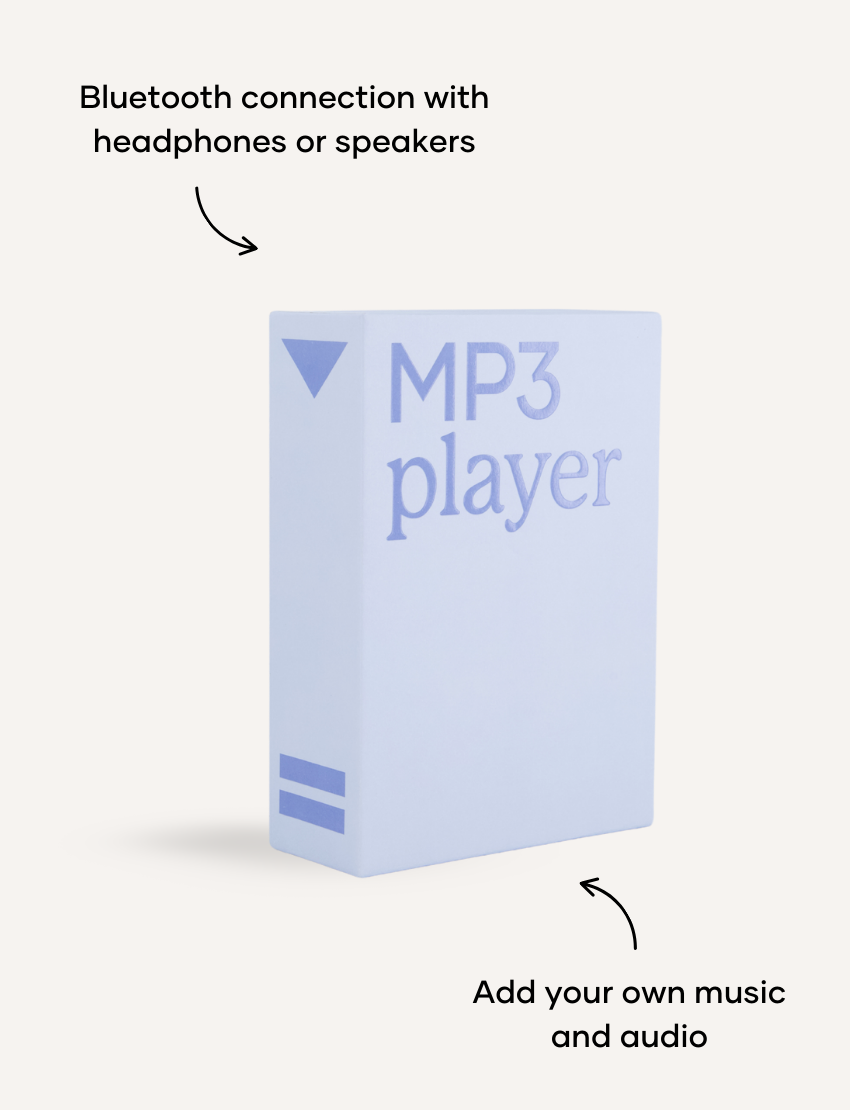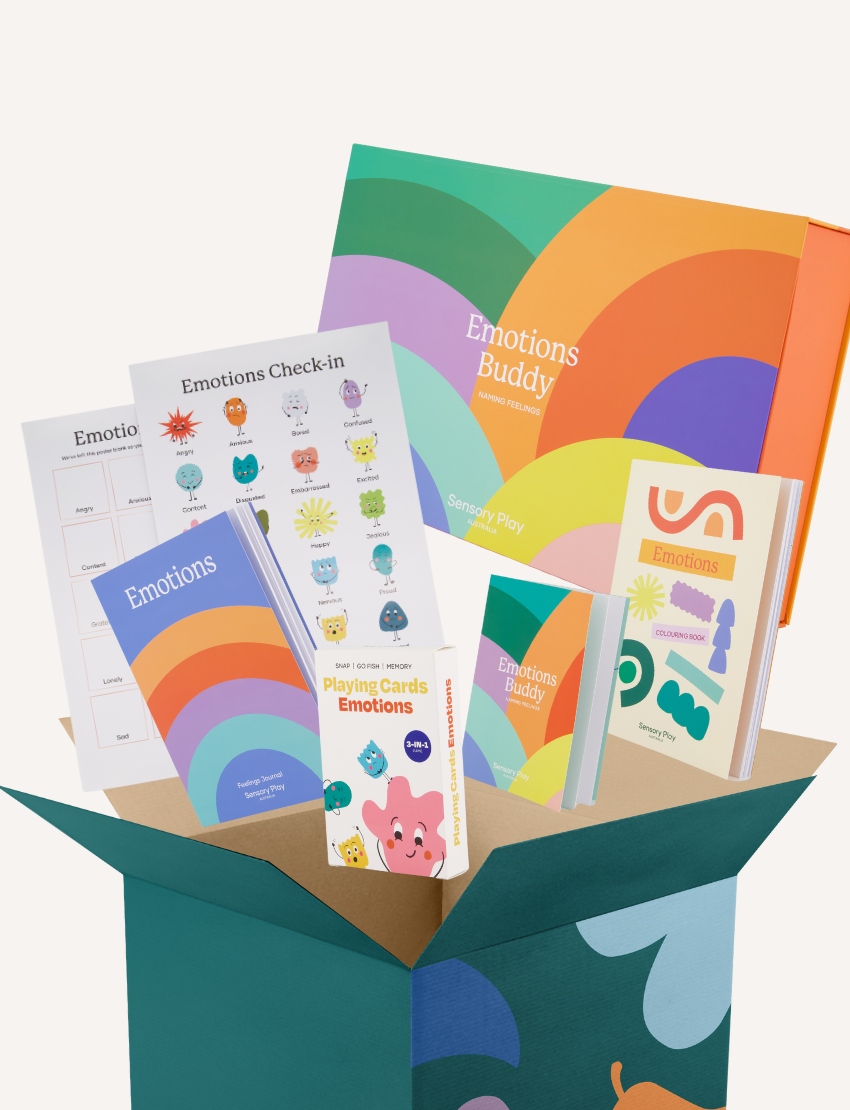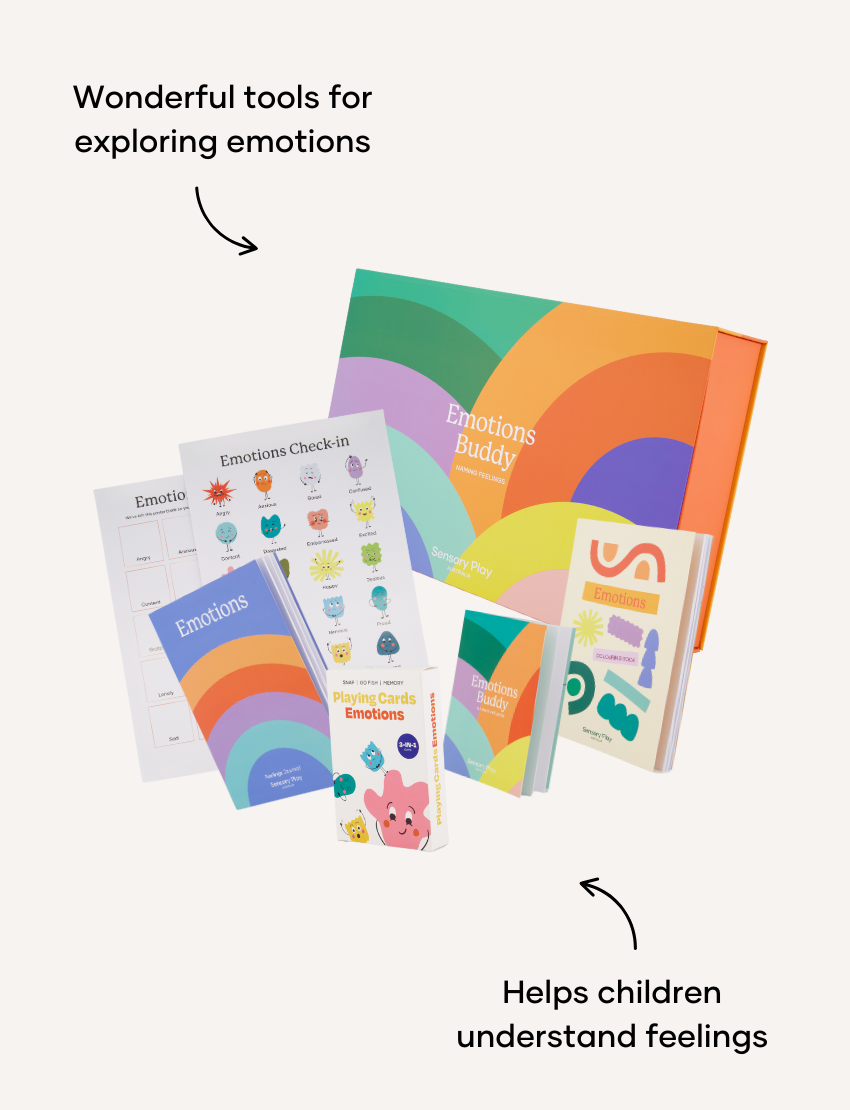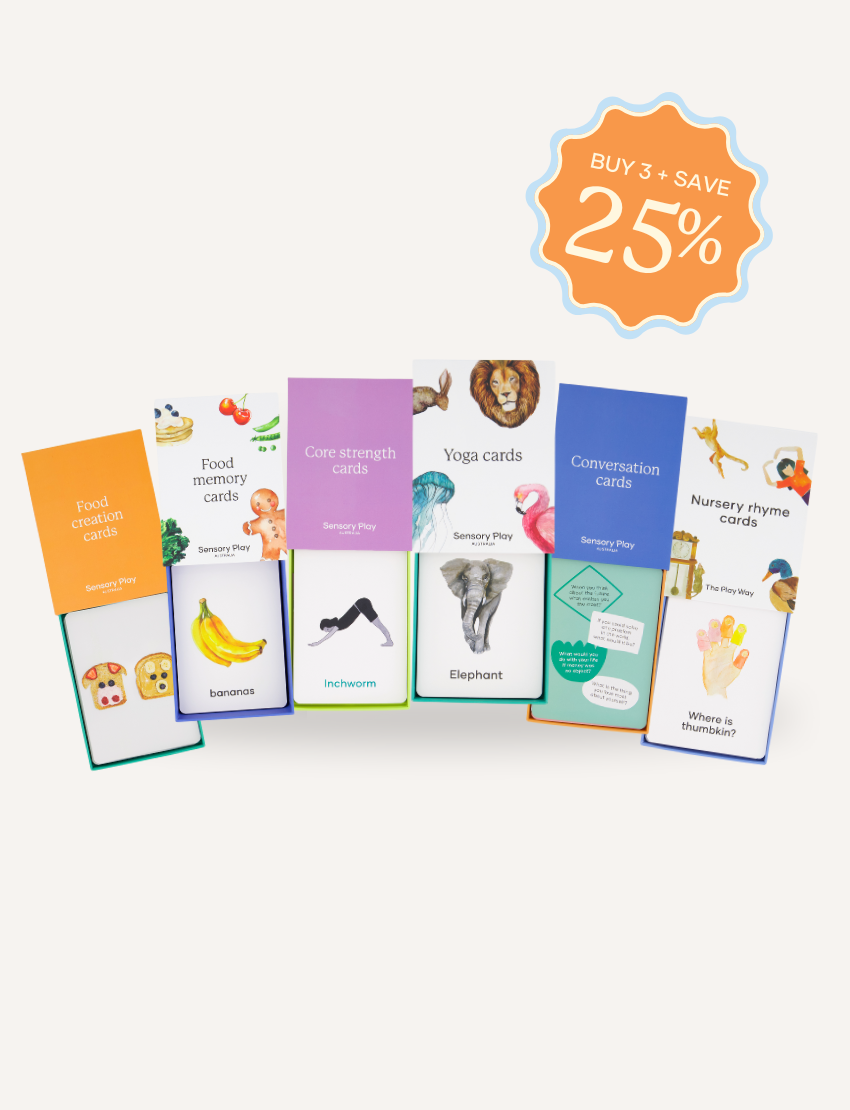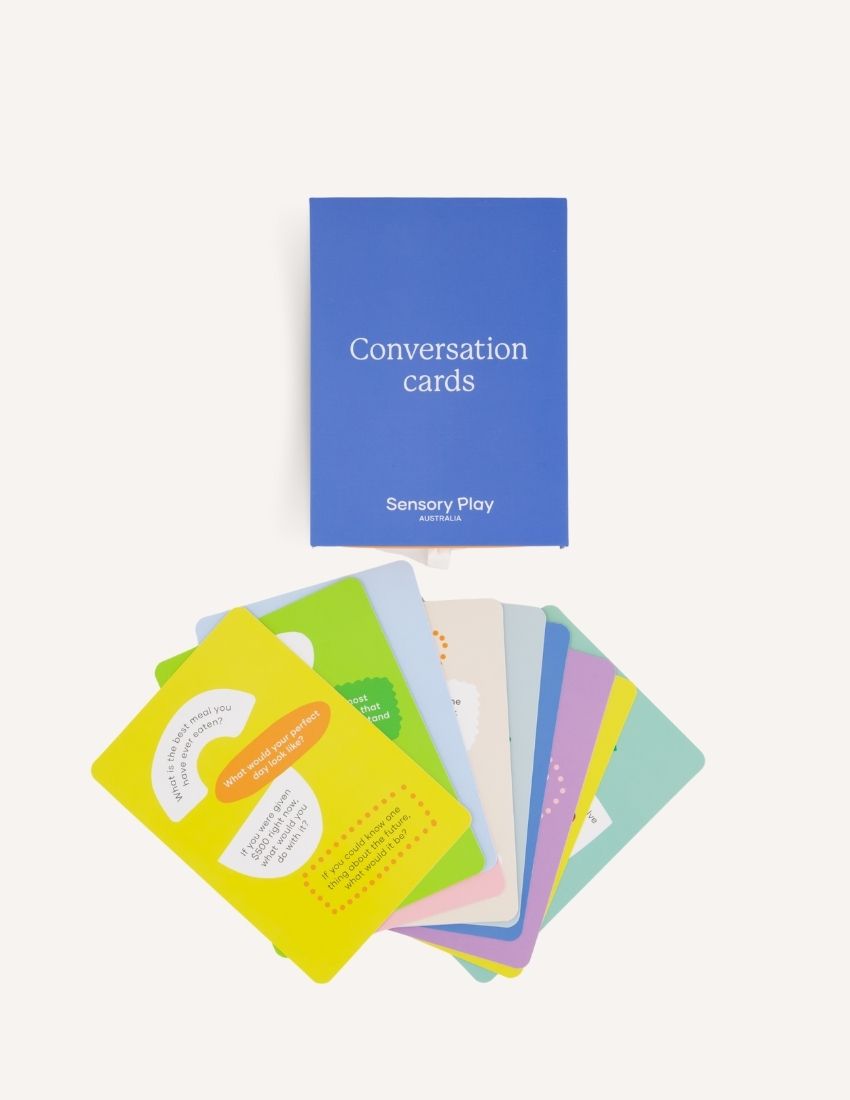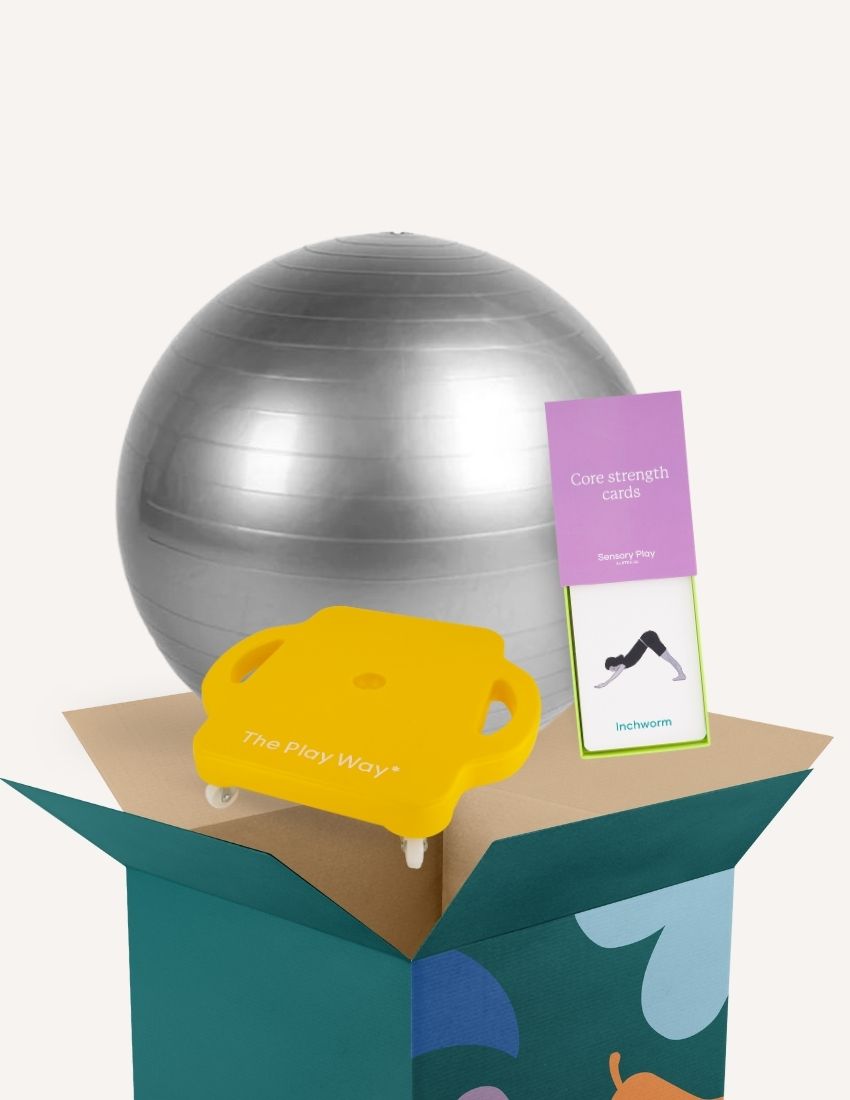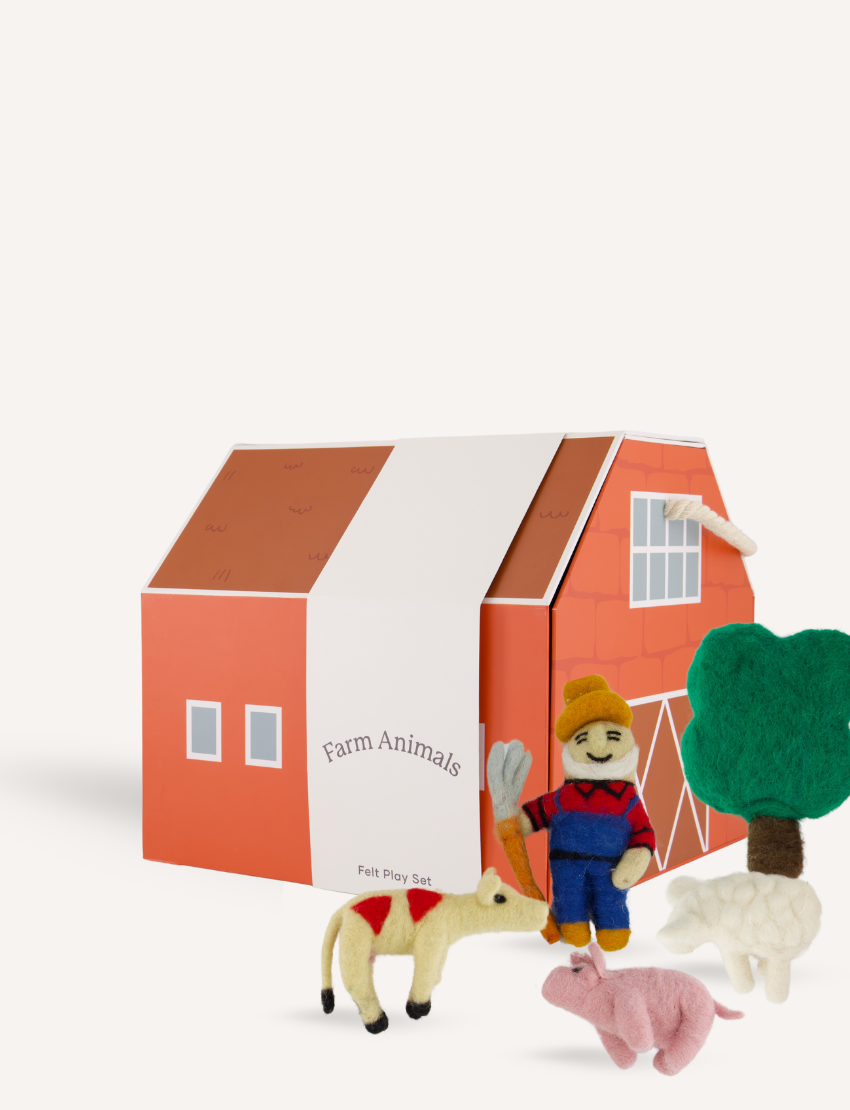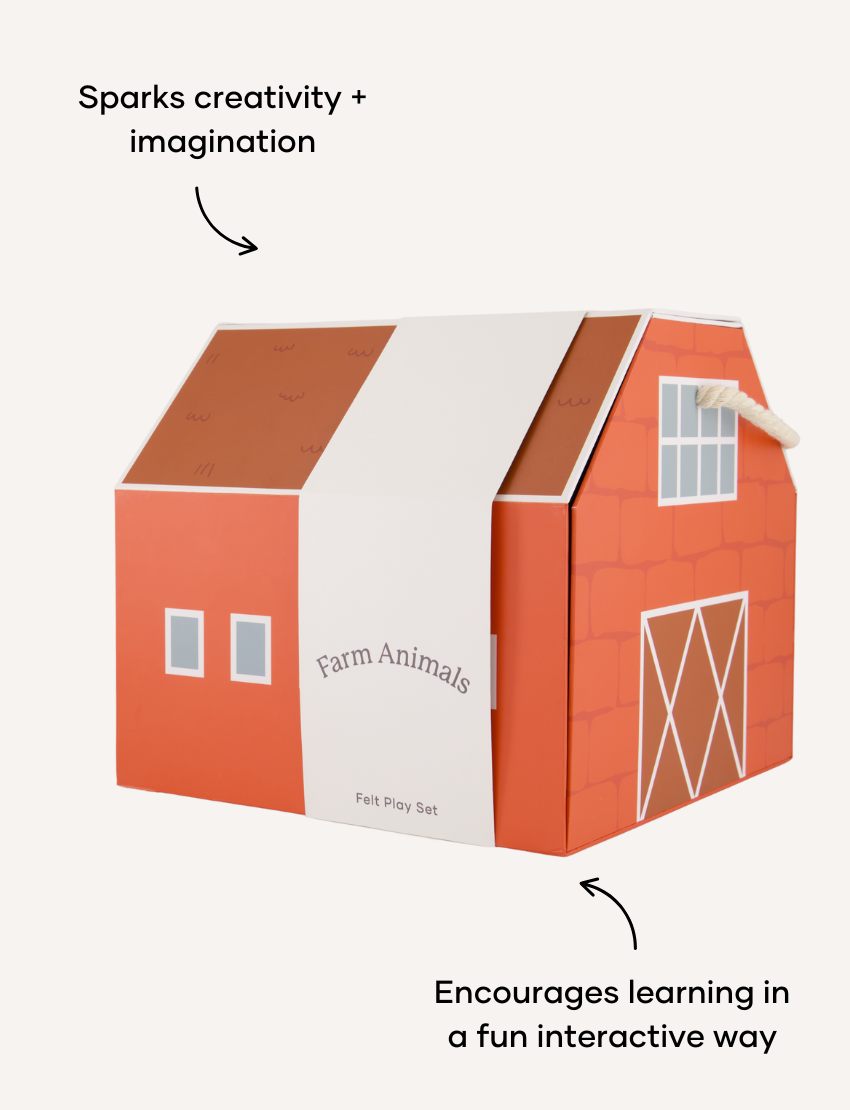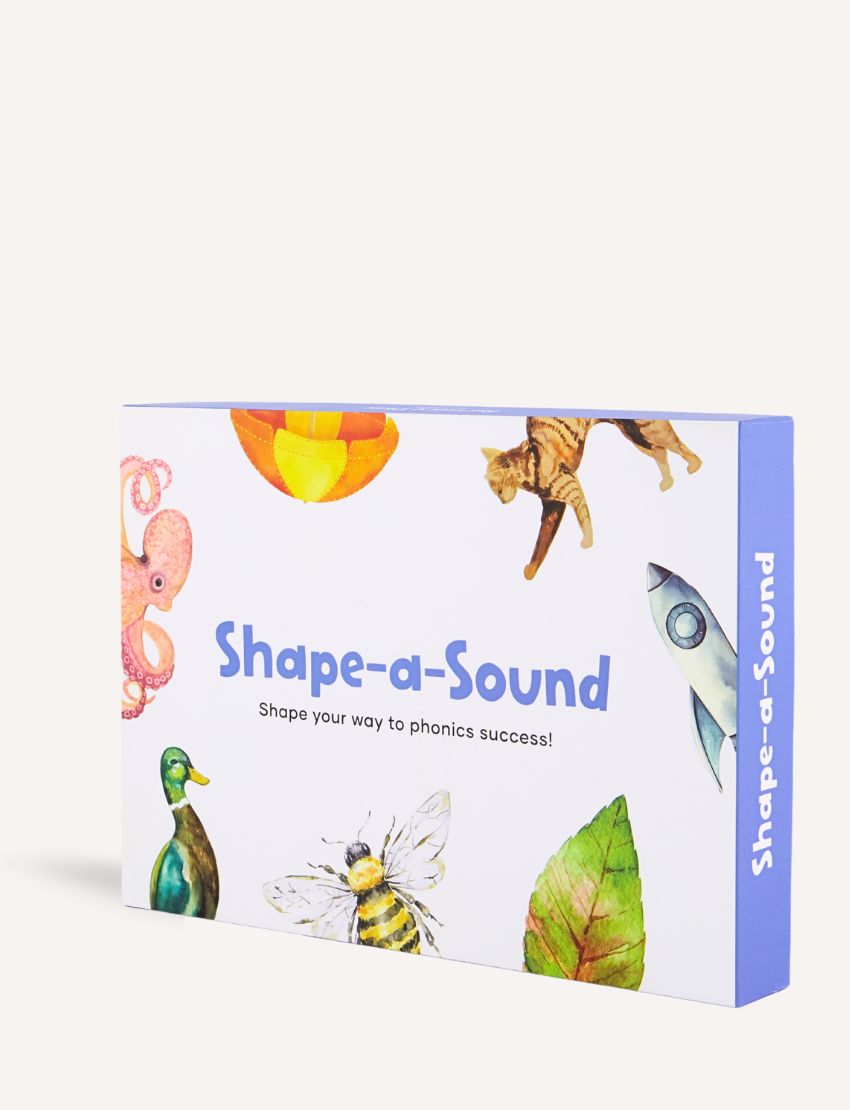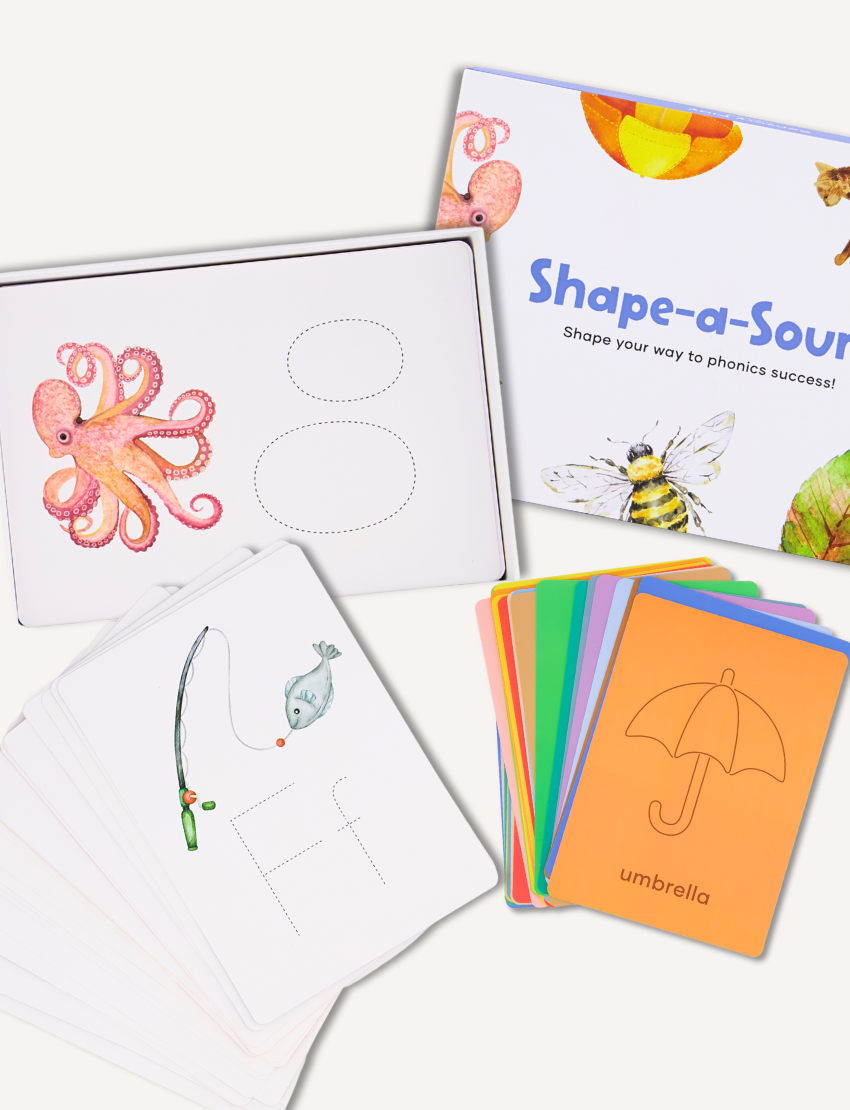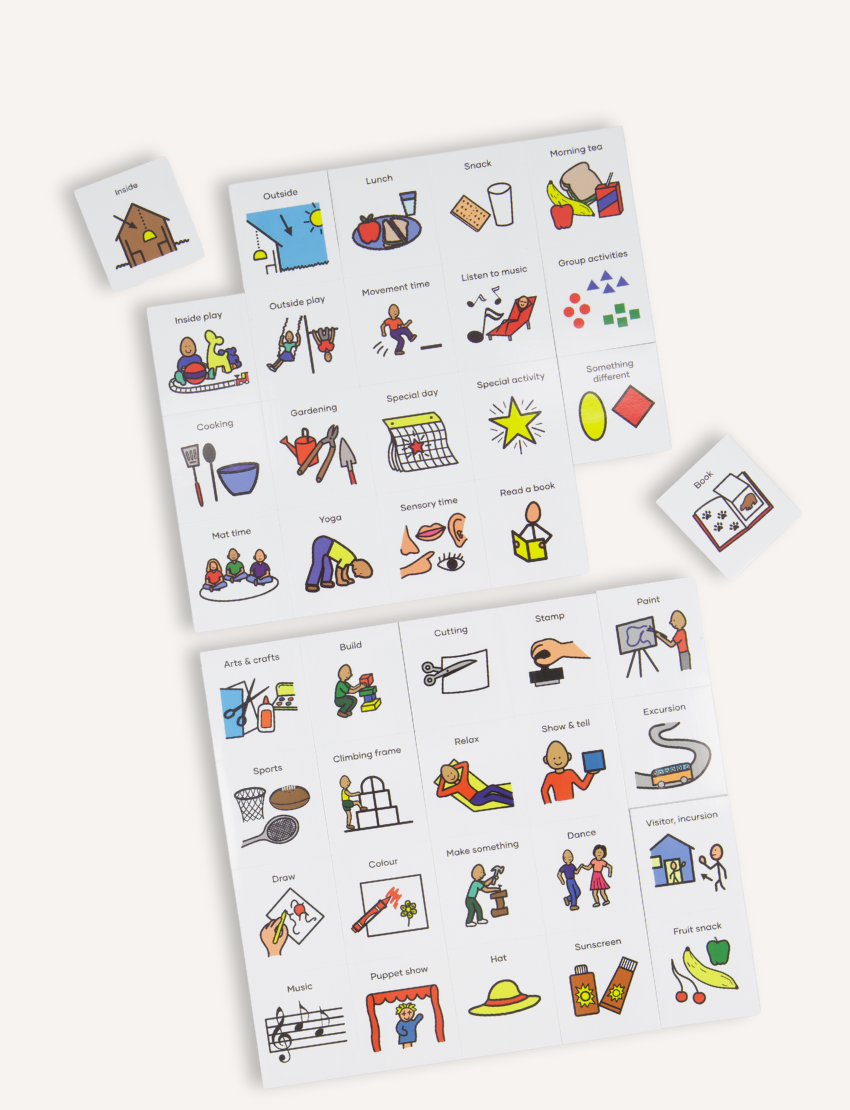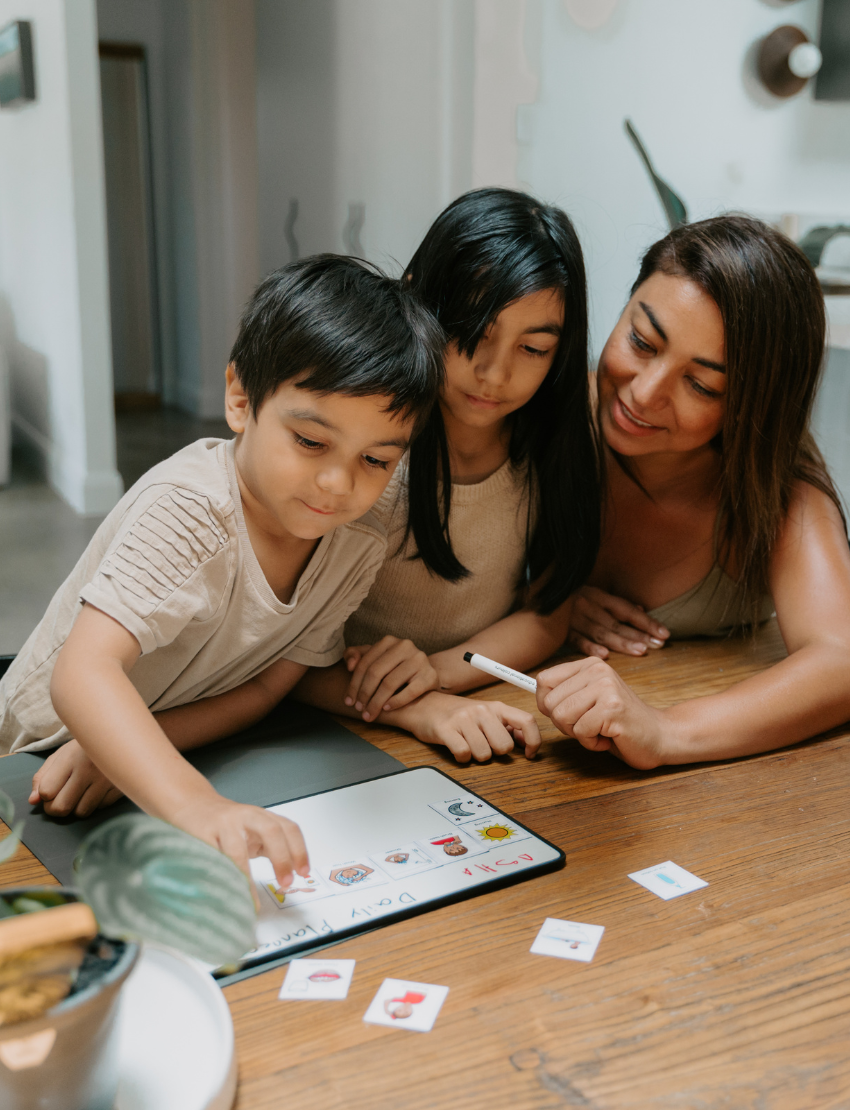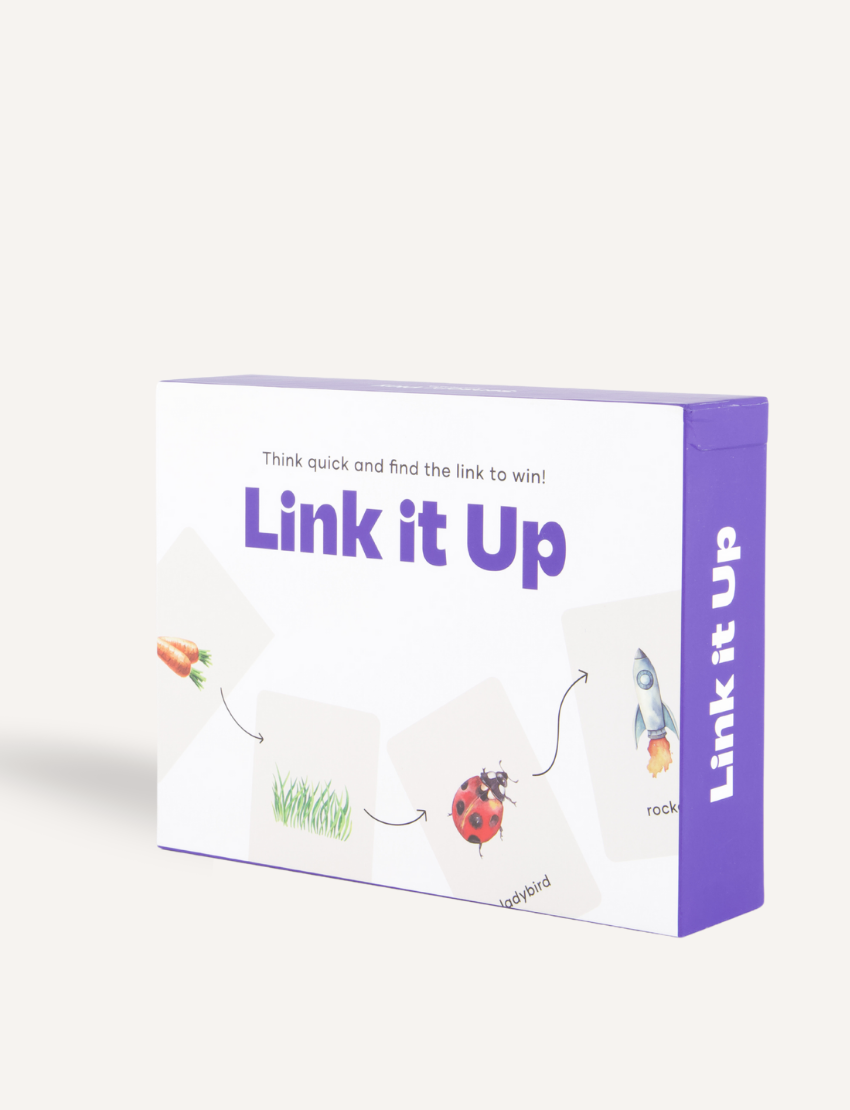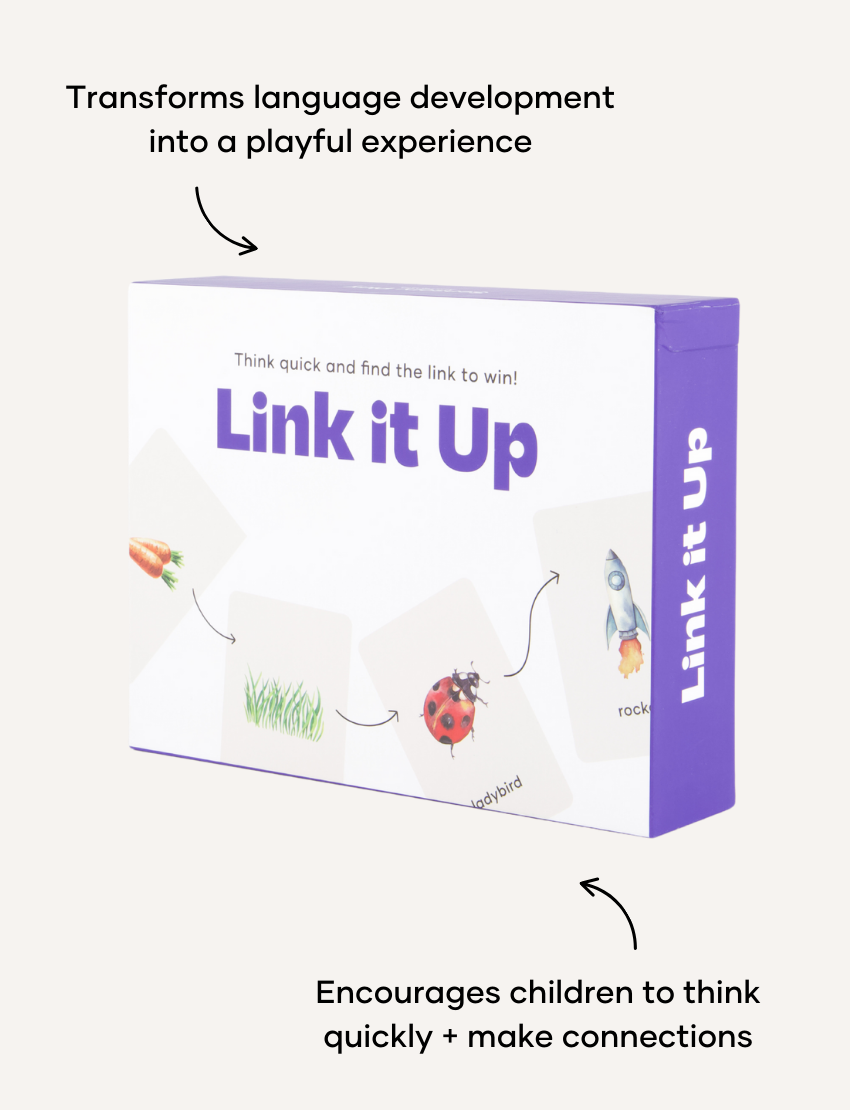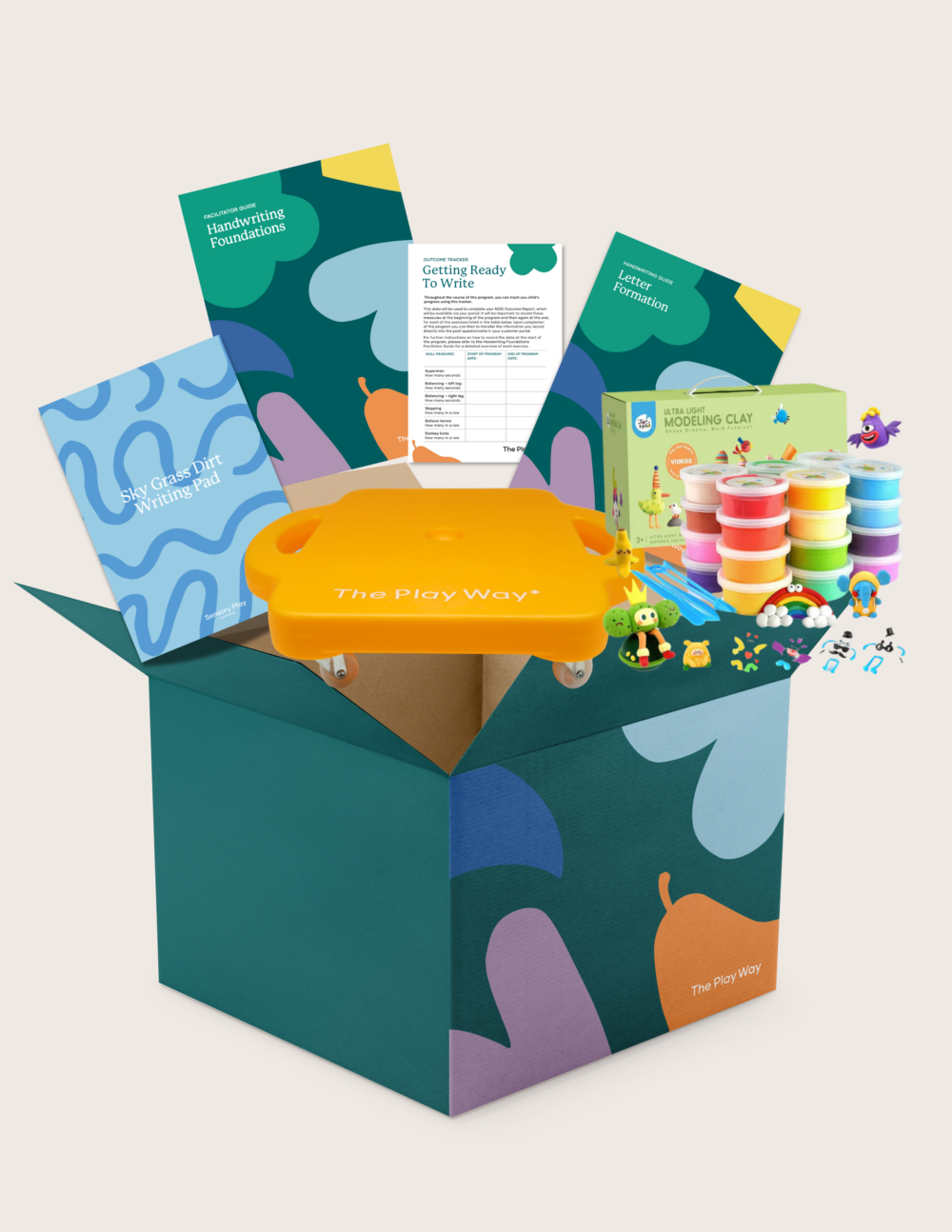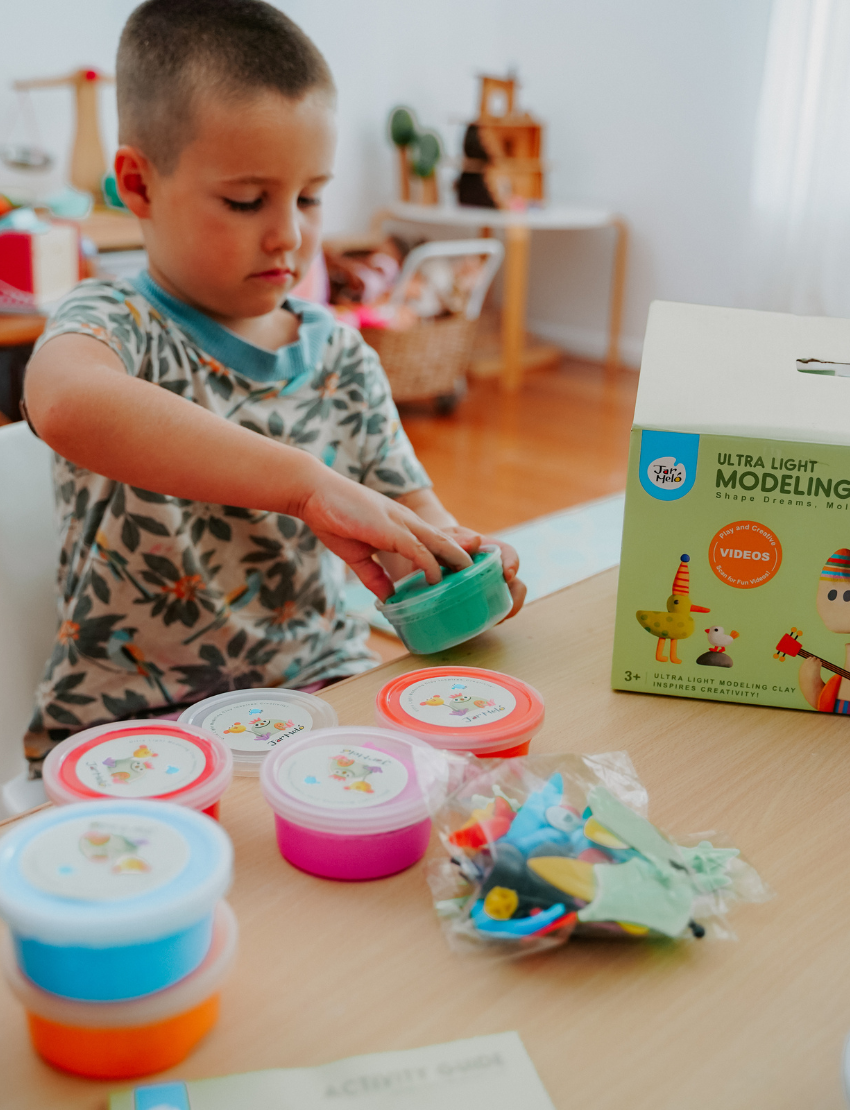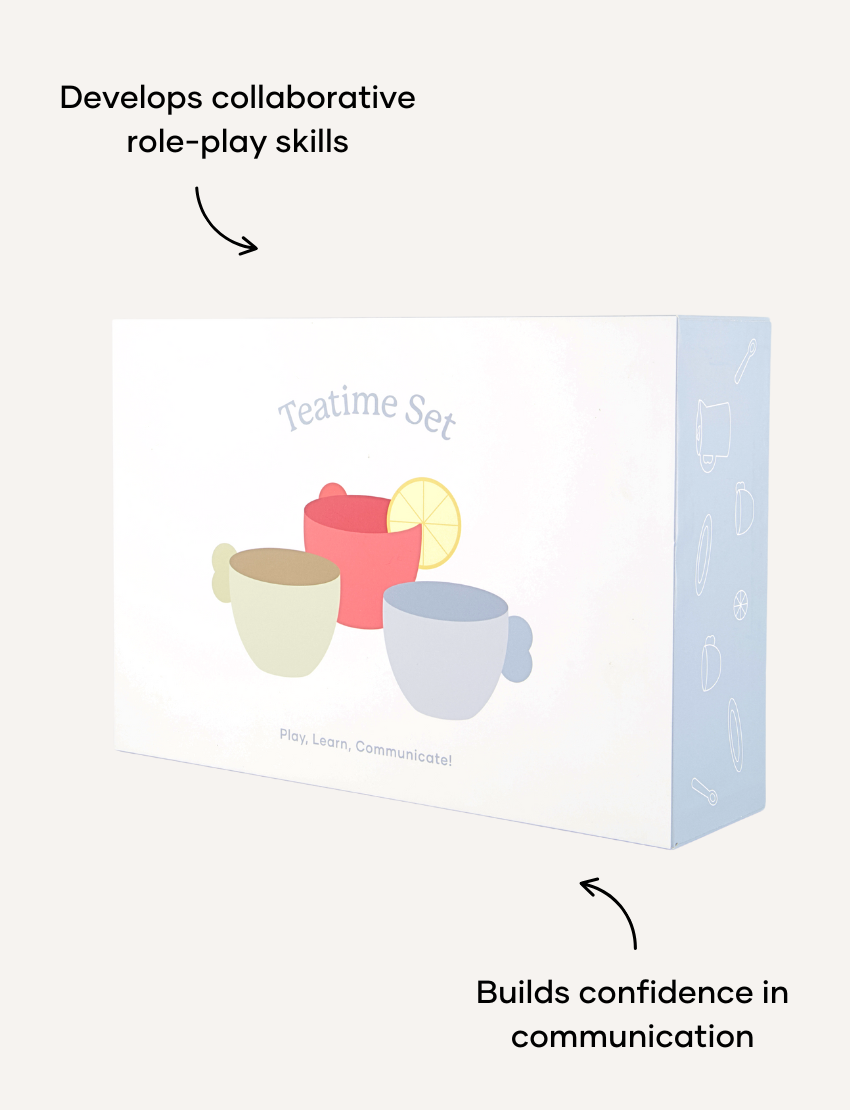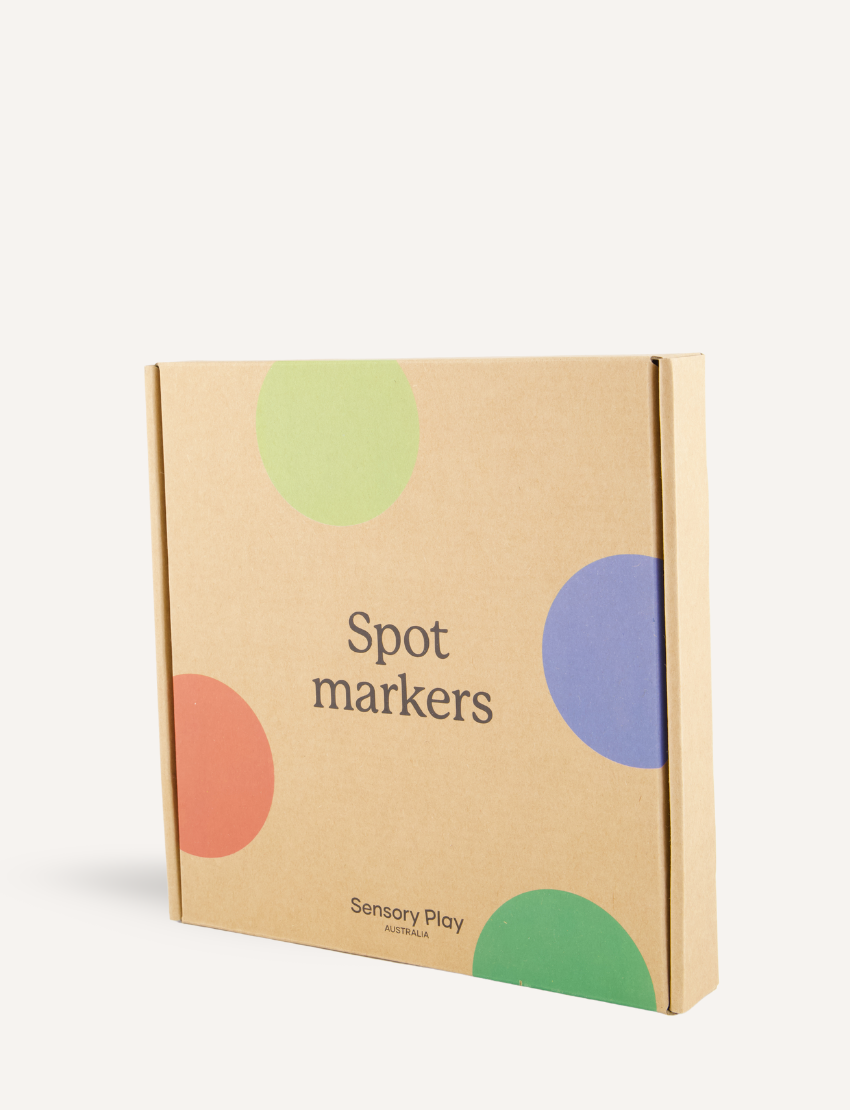You know that feeling, your heart races just a little, your thoughts rush to what you should say, and suddenly you're second-guessing whether you should say anything at all. Yep, we’re talking about giving feedback to colleagues.
In early childhood education, feedback can feel tricky. We’re often part of tight-knit teams, working closely day in and day out. We care deeply about children and about each other. So how do you give feedback that’s helpful, not hurtful? That builds up, not breaks down?
The good news? When feedback is done with care, curiosity and kindness, it can be one of the most powerful tools for professional growth and team connection.
Let’s explore how.
Why feedback matters (and how it helps)
Think of feedback as a mirror, not a magnifying glass. It helps us notice what’s going well, and gently reflect on what we might tweak, shift, or do differently next time.
Research tells us that specific, timely feedback is one of the most effective ways to improve teaching practice (Fallon et al., 2015; Solomon et al., 2012). It helps make learning visible. It builds confidence. And when it’s two-way? It builds trust, too.
But here’s the thing: feedback isn’t just about performance. It’s about partnership.
Feedback that feels good (and works)
Here are some practical ways to make your feedback clear, kind, and constructive:
1. Start with connection: Feedback lands best when it’s given in a safe, respectful space. A quiet moment during planning time or after a session, rather than mid-transition with 12 preschoolers underfoot, makes all the difference.
For example: ‘Hey, do you have a few minutes to chat about what happened during group time? I’ve been reflecting and thought we could unpack it together.’
2. Ask before you tell: Invite your colleague to reflect first. This not only builds trust—it sets the tone for a collaborative conversation.
For example: 'How did you feel that went?' OR 'What do you think worked well?'
3. Be specific and descriptive: Feedback like 'You did great' or 'That didn’t work' doesn’t help anyone grow. Focus on the what, not the who. Describe the behaviour, not the person.
For example:
-
'I noticed that when you gave the group a countdown before tidy up, the children responded calmly and knew what to expect.'
-
'During the story, I saw that a few children became unsettled. I wonder if we might need to revisit our group expectations or think about timing.'
4. Balance strengths with opportunities: Yes, it’s okay to talk about what needs work, but balance it with what’s working well, too. This helps feedback feel motivating, not deflating.
For example:
-
'You’ve built such strong relationships with the children. I think that connection is part of why they respond so well to your directions.'
-
'One thing we could explore next is how to support quieter children during group time so they feel included, too.'
5. Pause. Listen. Check in. Feedback is a conversation, not a lecture. Notice how it’s landing. Use pauses, gentle tone, and body language to show openness and empathy.
For example:
-
'Does that make sense?'
-
'How are you feeling about that?'
-
'Would it help to talk through a few strategies together?'
Reflective feedback in action
Let’s say your colleague led an art experience where several children lost interest quickly. Instead of jumping in with criticism, you might say: 'I noticed the children were really excited at first, but a few lost interest quite quickly. What do you think was going on?'
Together, you might reflect on timing, materials or group size. You’re not pointing fingers, you’re co-creating solutions.
A few gentle reminders…
-
Keep it timely: Feedback lands best when the moment is still fresh.
-
Use ‘I’ language: Share what you observed or felt, not what they 'should' have done.
-
Avoid judgemental language: Stick to descriptions, not labels.
-
Make it actionable: Suggest one or two practical next steps. Not a laundry list.
-
Check for understanding: Make space for questions, reactions, and reflection.
-
Ask for feedback too: Modelling vulnerability builds trust and a feedback-friendly culture.
Feedback Is a two-way street
One of the most powerful things you can do as a leader or mentor? Ask for feedback yourself.
For example:
'I’d love to know how I supported you during that session. Was there anything I could have done differently?'
It’s brave. It’s humble. And it shows your team that learning is never one-way.
A culture of curiosity, not criticism
At The Play Way, we believe that feedback should feel like a gentle nudge forward, not a slap on the wrist. It should be rooted in relationships, driven by reflection and shared with care.
So next time you find yourself with something to say, take a breath. Choose connection over correction. And remember, you’re not just offering feedback.
You’re offering support.
You’re saying, I see you. I’m in this with you.
And in our world of early learning, that makes all the difference.


